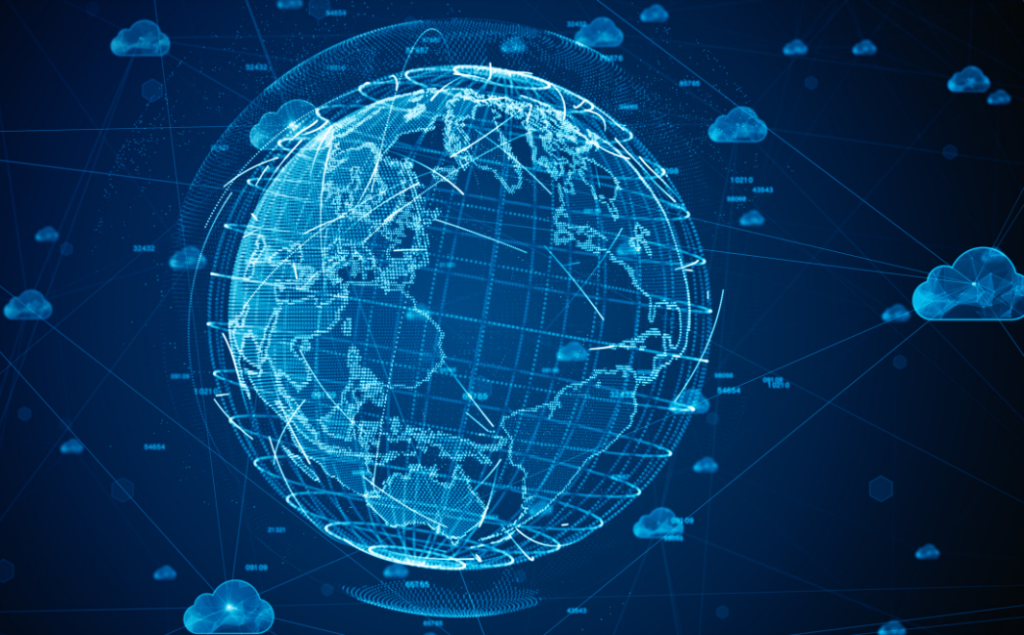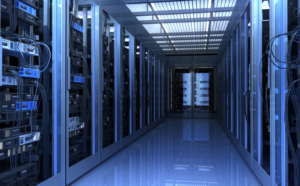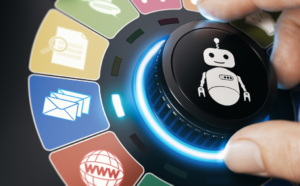
As we step into 2025, technology continues to evolve at a rapid pace, reshaping industries, business models, and even everyday life. From artificial intelligence to quantum computing, the digital landscape is filled with exciting innovations that promise to make our world smarter, faster, and more connected. If you’re keeping an eye on the future, here are some of the top IT trends to watch this year and beyond.
1. AI and Machine Learning: The Heart of Innovation
Artificial intelligence (AI) and machine learning (ML) have already transformed numerous industries, but their potential is far from fully realized. In 2025, AI will continue to drive automation, enhance decision-making processes, and provide deeper insights through data analysis.
In healthcare, AI will assist in diagnostics, personalize treatment plans, and speed up drug discovery. In retail, machine learning algorithms will predict consumer behavior and optimize inventory management. As AI becomes more sophisticated, we can expect it to integrate more seamlessly into our daily lives, making everything from self-driving cars to voice assistants more intuitive.
2. Quantum Computing: Unlocking the Impossible
While quantum computing is still in its infancy, 2025 marks a pivotal year for the technology, with more breakthroughs expected. Quantum computers use quantum bits (qubits) instead of traditional binary bits, allowing them to perform calculations at speeds unimaginable for today’s supercomputers.
This has huge implications for industries such as cryptography, where quantum computing could potentially crack encryption methods, and for drug discovery, where it could simulate molecular interactions at an unprecedented scale. Although it’s not yet ready for everyday use, quantum computing is an exciting frontier that could revolutionize industries in the coming decades.
3. Edge Computing: Powering the Next Generation of IoT
With the explosion of Internet of Things (IoT) devices, the need for faster data processing has never been greater. This is where edge computing comes in. Rather than sending all data to centralized cloud servers, edge computing processes data closer to where it’s generated — at the “edge” of the network, like on the device itself or a local server.
In 2025, edge computing will play a key role in industries such as manufacturing, healthcare, and autonomous vehicles, where real-time data analysis is critical. By reducing latency and alleviating bandwidth bottlenecks, edge computing ensures that businesses can make faster decisions and improve operational efficiency.
4. 5G and Beyond: The Future of Connectivity
The global rollout of 5G networks is continuing to accelerate in 2025. With lightning-fast speeds, ultra-low latency, and massive connectivity capabilities, 5G is set to transform how we communicate, work, and interact with technology.
For instance, 5G will support the growth of smart cities by enabling real-time data transmission from sensors and devices that manage everything from traffic to waste management. In entertainment, it will allow for immersive experiences like 4K video streaming and augmented reality (AR) with no lag. And, in autonomous vehicles, 5G will facilitate instant communication between cars and infrastructure, paving the way for safer and more efficient transportation systems.
5. Cybersecurity: Strengthening Defenses in a Digital World
As cyber threats become more sophisticated, cybersecurity is a priority for organizations across all sectors. In 2025, we’ll see AI-driven security systems that can predict, detect, and mitigate threats in real-time. Additionally, the zero-trust security model—which assumes no one, inside or outside the organization, can be trusted by default—will gain even more traction.
With cyberattacks becoming more frequent and damaging, cybersecurity investments will continue to rise, focusing on better data encryption, multi-factor authentication, and more advanced threat detection systems. Businesses will increasingly turn to automation and AI for proactive protection, ensuring they can stay one step ahead of cybercriminals.
6. Blockchain: Beyond Cryptocurrencies
Blockchain technology is most famously associated with cryptocurrencies like Bitcoin, but its potential extends far beyond digital currencies. By offering a decentralized, transparent, and immutable ledger system, blockchain can transform industries from finance to healthcare.
In 2025, blockchain will be increasingly utilized for applications such as secure supply chain management, ensuring that products are traced from origin to consumer. It will also enhance healthcare data security, enabling more secure sharing of patient information. Additionally, we may see blockchain-powered voting systems that ensure election integrity, as well as decentralized finance (DeFi) applications that disrupt traditional banking and financial services.
7. AR and VR: A New Era of Immersive Experiences
While augmented reality (AR) and virtual reality (VR) have been around for a while, the next few years will see massive advancements in these technologies. With more powerful hardware and better content development, AR and VR will become mainstream tools in gaming, education, healthcare, and beyond.
For example, VR will allow for immersive training simulations in industries like aviation and medicine, while AR will enhance customer experiences in retail by letting shoppers virtually try on products or visualize furniture in their homes. The integration of AR and VR into business practices will also foster more engaging remote collaboration and virtual meetings, pushing the boundaries of how we interact with each other and the digital world.
8. Automation: Streamlining Operations
Robotic Process Automation (RPA) and other automation technologies are becoming increasingly sophisticated, and their impact will only grow in 2025. Automation is already used in a variety of industries to handle repetitive tasks, such as data entry and customer service, but its potential goes much further.
In the coming year, we’ll see businesses adopt automation not just for operational tasks, but also for decision-making. With AI-driven insights, automation will help organizations optimize workflows, reduce human error, and improve customer satisfaction. Whether it’s automating supply chains, marketing, or even software development, automation will be a key tool for businesses seeking to stay competitive.
9. Sustainability in Tech: Green IT Takes Center Stage
As the world focuses more on sustainability, the tech industry is stepping up with greener solutions. Sustainable IT practices are no longer just a trend but a necessity. Data centers are becoming more energy-efficient, hardware is being designed for longer lifespans and recyclability, and companies are embracing renewable energy sources to power their operations.
AI is also playing a role in sustainability by optimizing energy usage in real-time, reducing waste, and helping businesses lower their carbon footprint. As consumers demand more eco-friendly products, tech companies that prioritize sustainability will gain a competitive edge.
Conclusion: The Future is Now
As we look toward 2025, it’s clear that the pace of technological innovation shows no signs of slowing down. From AI and quantum computing to edge computing and blockchain, these trends are not just reshaping the way businesses operate—they are transforming the very fabric of our society. For businesses, understanding these trends and staying ahead of the curve will be critical to maintaining competitiveness and meeting the needs of an increasingly tech-savvy world.
Are you ready for the future? Embrace these IT trends and watch as they revolutionize industries and reshape our everyday lives.




